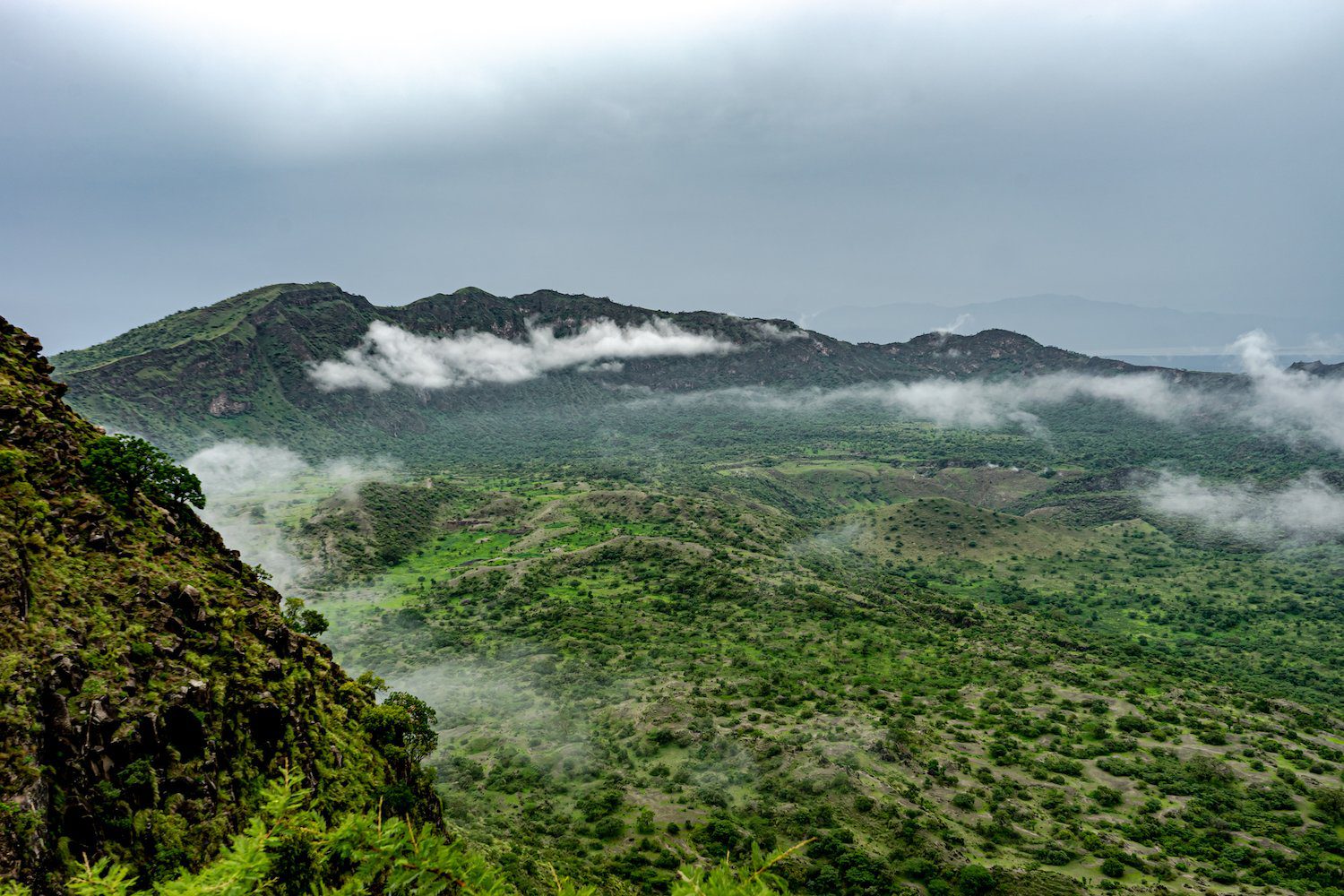
Underneath an Ethiopian national park, unusual geological activity is unfolding. While volcanic and seismic movements around Mount Fentale have intensified, the gas rising from the ground isn’t the typical precursor to an eruption.
GHGSat, a Canadian company specializing in greenhouse gas monitoring, reported in early February that the levels of methane released from Mount Fentale are noteworthy. Their readings, taken from January 31, revealed that the volcano was emitting 58 metric tonnes of methane per hour. This monitoring began after the European Space Agency’s Copernicus program alerted them to the situation, utilizing a fleet of Earth-observing satellites.
John Stix, a geologist at McGill University, explained to New Scientist that such high amounts of methane are atypical for volcanic activity, which usually releases gases like carbon dioxide and sulfur dioxide.
Carbon dioxide dominates greenhouse gas emissions contributing to climate change; however, methane, which accounts for approximately 11% of global emissions, is significantly more effective at trapping heat—28 times more per molecule than carbon dioxide, according to the EPA.
The prevalence of methane compared to other gases indicates that the cause of this release may not be magma rising to the surface. Stix suggests that the movement of magma deep underground could be releasing a stored gas deposit instead.
Encouragingly, the situation appears to be stabilizing. GHGSat’s Jason McKeever noted to New Scientist that emissions have shown a decline since February 9.
It has been over 200 years since the last recorded eruption of Mount Fentale. In 1820, a significant fissure measuring 2.5 miles (4 kilometers) opened, leading to a lava flow. Before that, the last major eruption occurred in the 13th century, resulting in considerable destruction of nearby settlements.
Notably, signs of activity at Mount Fentale were observed even prior to the methane detection. The Smithsonian’s Global Volcanism Program reported that satellite radar detected magma intrusion in the region as early as September. Additionally, “thermal anomalies” were identified by satellites on January 13 and 14, growing until January 21, though the cause for these anomalies remains unclear.
Mount Fentale lies within Awash National Park, which also features Mount Dofan, a towering volcano at 1,480 feet (450 meters) tall. In early January, smoke began to escape from vents in Dofan, prompting hundreds of residents to evacuate for safety. Seismic activity in the area had also increased in the weeks leading up to this volcanic phenomenon, although it has yet to result in a significant eruption.
It’s worth mentioning how long it has been since Dofan last erupted. According to the Global Volcanism Program, there are no records of any eruptions during the Holocene, the current geological era that began 11,700 years ago. However, predicting volcanic eruptions remains highly challenging, even for experts, so there is no need for alarm. Nowadays, there are enough pressing concerns due to human activities to keep everyone occupied.









